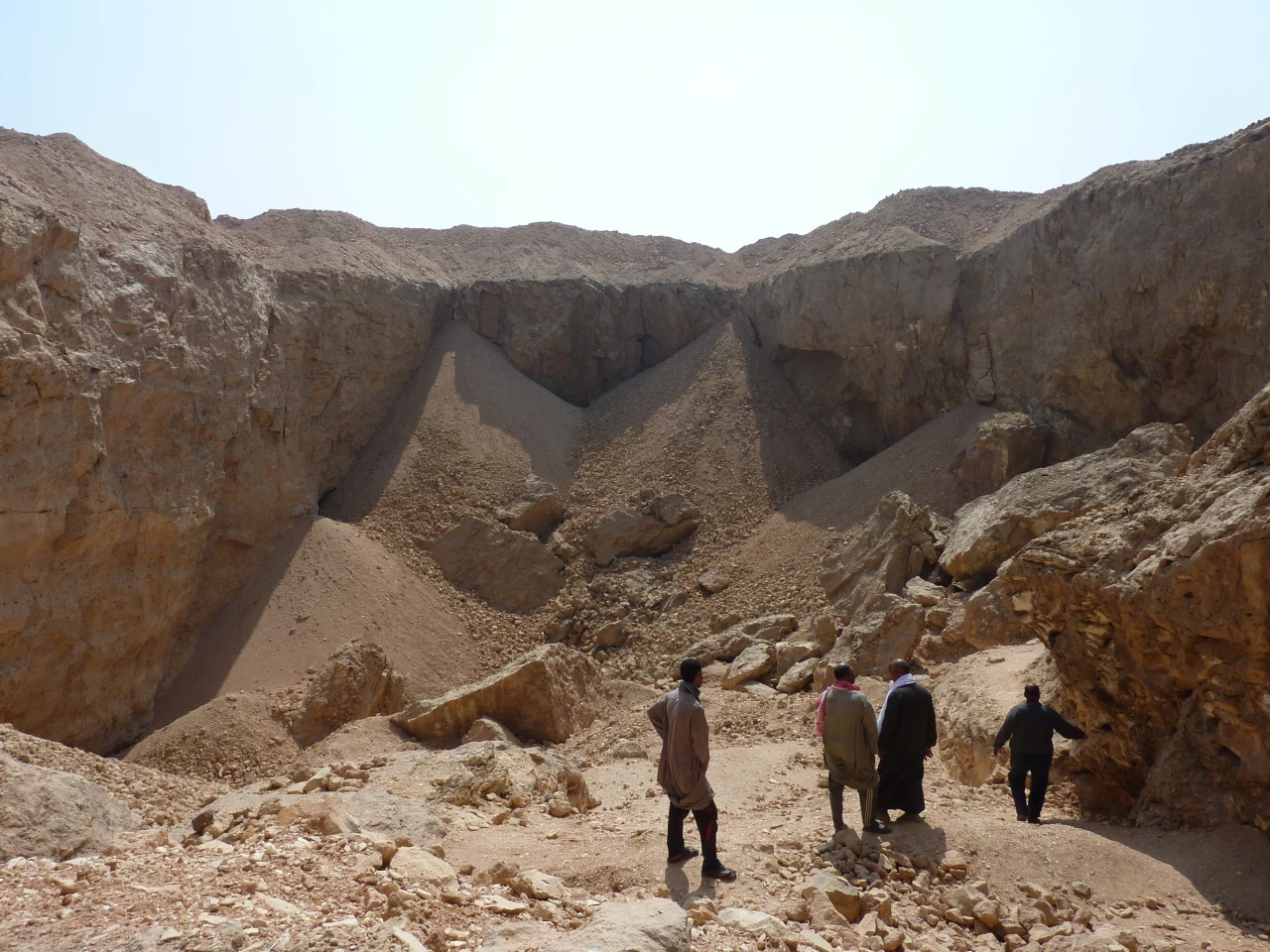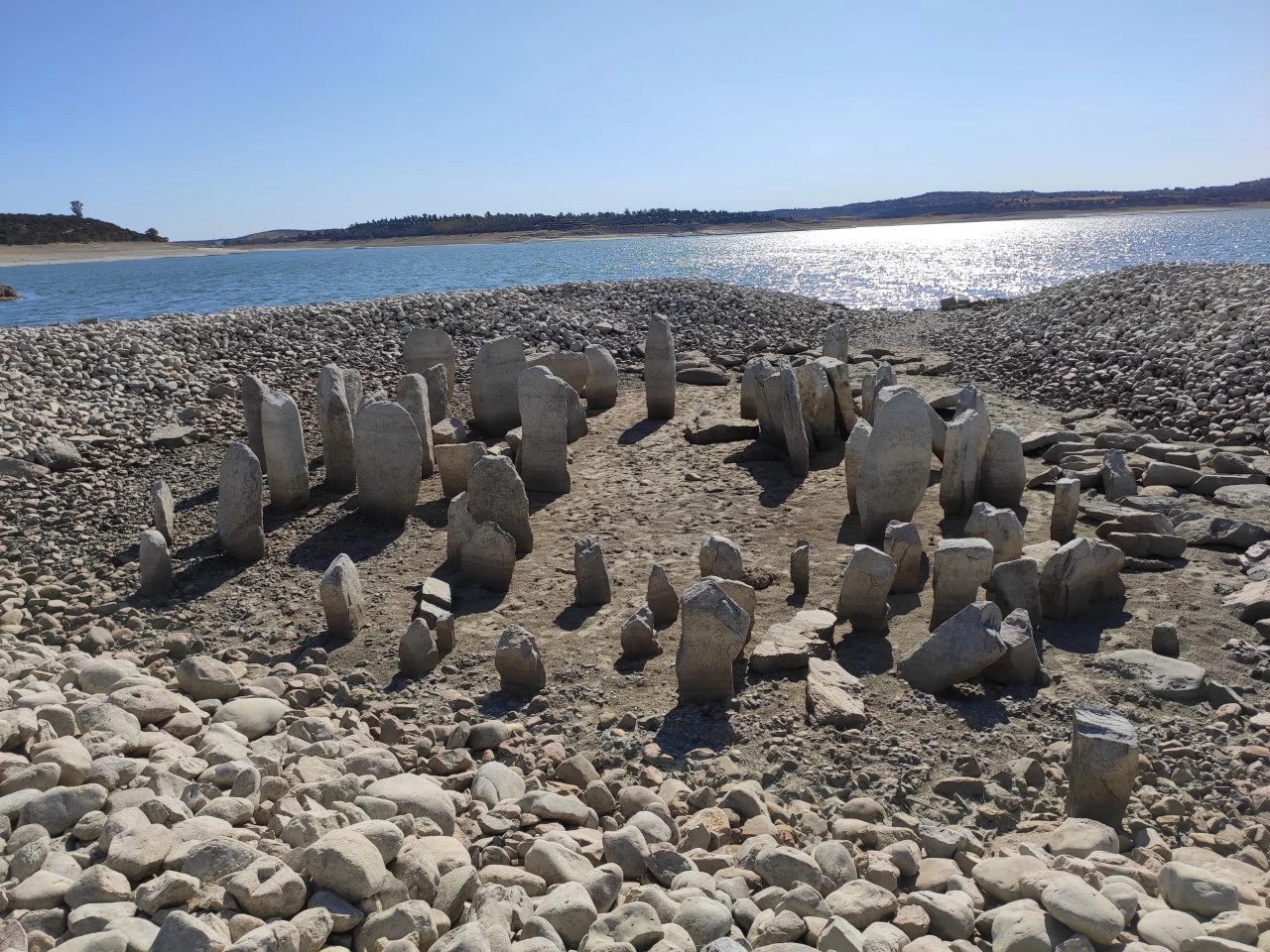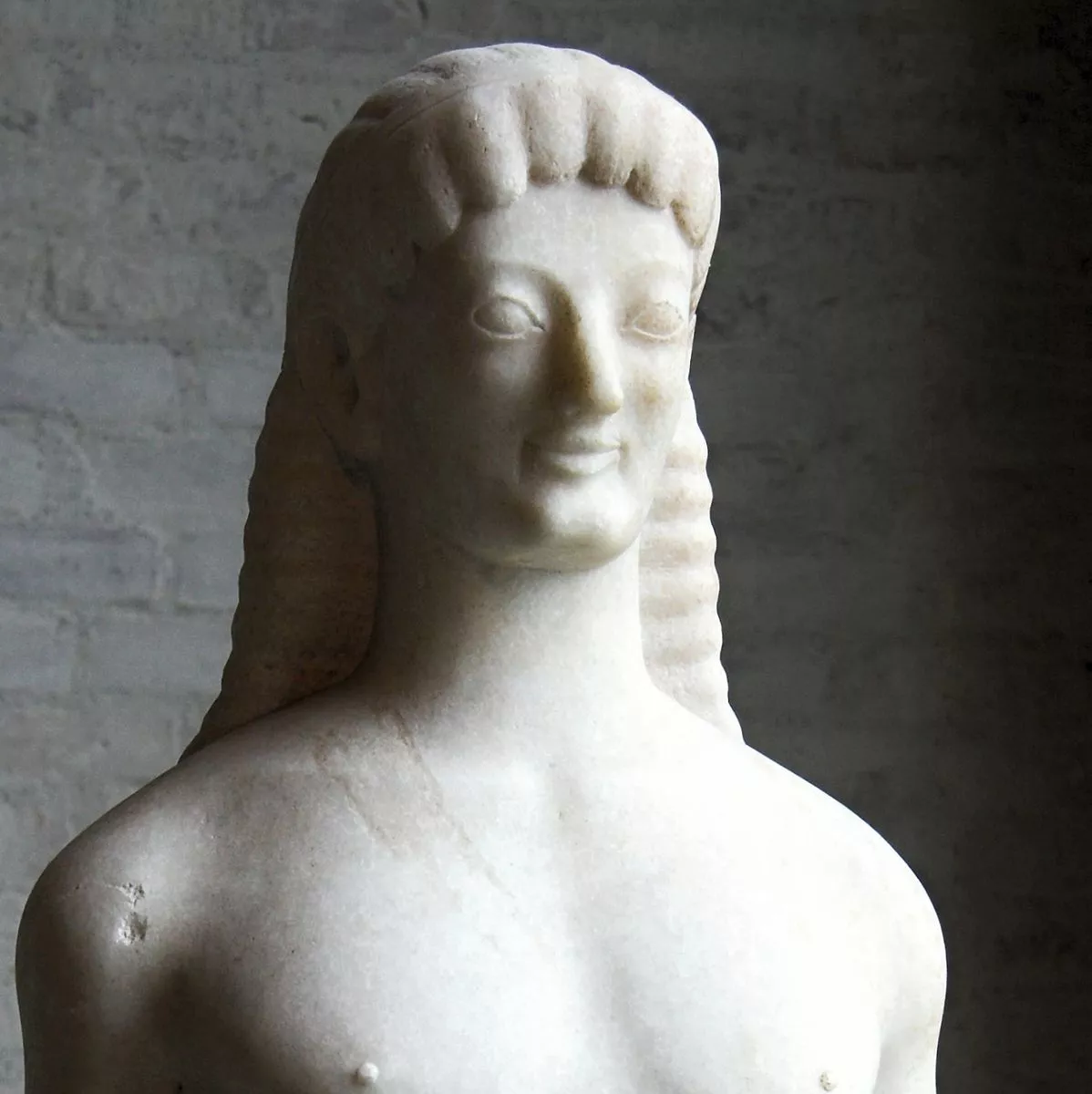From lost cities, civilizations and stone circles to a startlingly well-preserved dinosaur, here’s a look back at five of the most significant archaeological finds and breakthroughs of the last decade.The Lost City of Tenea in Greece

In 2018, archaeologists finally found proof of the ancient Trojan city of Tenea near the modern city of Tenea and, more specifically, the village of Chiliomodi in modern-day Greece. The city was named in several ancient texts, including the legend of Oedipus.
In the preceding years, the team led by archaeologist Elena Korka had been spurred on by smaller finds such as pieces of pottery. But in 2018 they hit the jackpot, finding remains of stone walls, buildings (probably houses), marble floors and seven burials dating back to Roman and Hellenistic times.
The 200 coins also uncovered suggest that the city operated wholly independently. In 2019, some 500 square meters (5,400 sq ft) of Roman baths were also discovered.
“It’s like an iceberg and we’re just hitting the tip,” Korka’s colleague Konstantinos Lagos told the BBC. “It’s going to keep giving interesting findings for the next 100 years.”Nearly perfectly-preserved mummified nodosaur from Canada

Discovered in a mine in Alberta, Canada in 2011, a fossil of a nodosaur dinosaur is one of the most well-preserved fossils of its kind, down to its skin, scales and even the contents of its stomach. These heavily-armored herbivores walked the Earth between the Late Jurassic and Late Cretaceous periods, with this particular specimen dating back 110 million years.
The specimen was so well preserved that it “might have been walking around a couple of weeks ago,” according to paleobiologist Jakob Vinther talking to National Geographic. “I’ve never seen anything like this.”The pyramid construction ramp at Hatnub, Egypt

In 2018, researchers discovered a 4,500-year old ramp that it’s thought might shed light on the Great Pyramid. Hatnub was the location of ancient Egypt’s alabaster quarries. The contraption, comprised a ramp with staircases on either side with a series of post holes which would have been used to pull a sled carrying alabaster up gradients of more than 20 percent.
It’s thought the technique could equally have been applied to build the Great Pyramid, the largest of the three pyramids built for pharaohs at Giza. “This kind of system has never been discovered anywhere else,” Yannis Gourdon, co-director of the joint mission at Hatnub told Live Science at the time.A lost civilization in Honduras

The remains of a forgotten civilization were spotted by an aerial LiDAR survey of an unexplored valley in Mosquitia, Honduras, in 2012. It’s thought the discovery corresponds to the fabled La Ciudad Blanca (The White City), also known locally as City of the Monkey God. But after a 2015 expedition, researchers concluded that there were likely to be many lost cities amounting to an entire civilization.
Discoveries included large plazas, mounds and earthworks, including an earthen pyramid. A collection of stone sculptures was also discovered, apparently untouched since the city was last inhabited.
The finds included a cache at the foot of the pyramid, which the researchers speculate might have been an offering. Among the objects was the apparent depiction of a “were-jaguar,” possibly representing a shaman in spirit form.
But perhaps most remarkable was the pristine condition of the finds. “The undisturbed context is unique,” archaeologist Christopher Fisher told National Geographic. “This is a powerful ritual display, to take wealth objects like this out of circulation.”Spain’s own Stonehenge

The Dolmen of Guadalperal, also known as Spain’s Stonehenge, are an oval arrangement of stones in the Valdecañas Reservoir.
Rediscovered in the 1920s, the tips of some of the stones could previously be glimpsed above the reservoir’s surface, but it wasn’t until the severe summer droughts of 2019 that the remarkable 4,000-year old henge could be seen in its entirety. New finds included human and snake forms carved into the stones, leading archaeologists to believe the henge could also be a burial site.
“All my life, people had told me about the dolmen,” local resident Angel Castaño told Atlas Obscura. “It’s spectacular because you can appreciate the entire complex for the first time in decades.”






